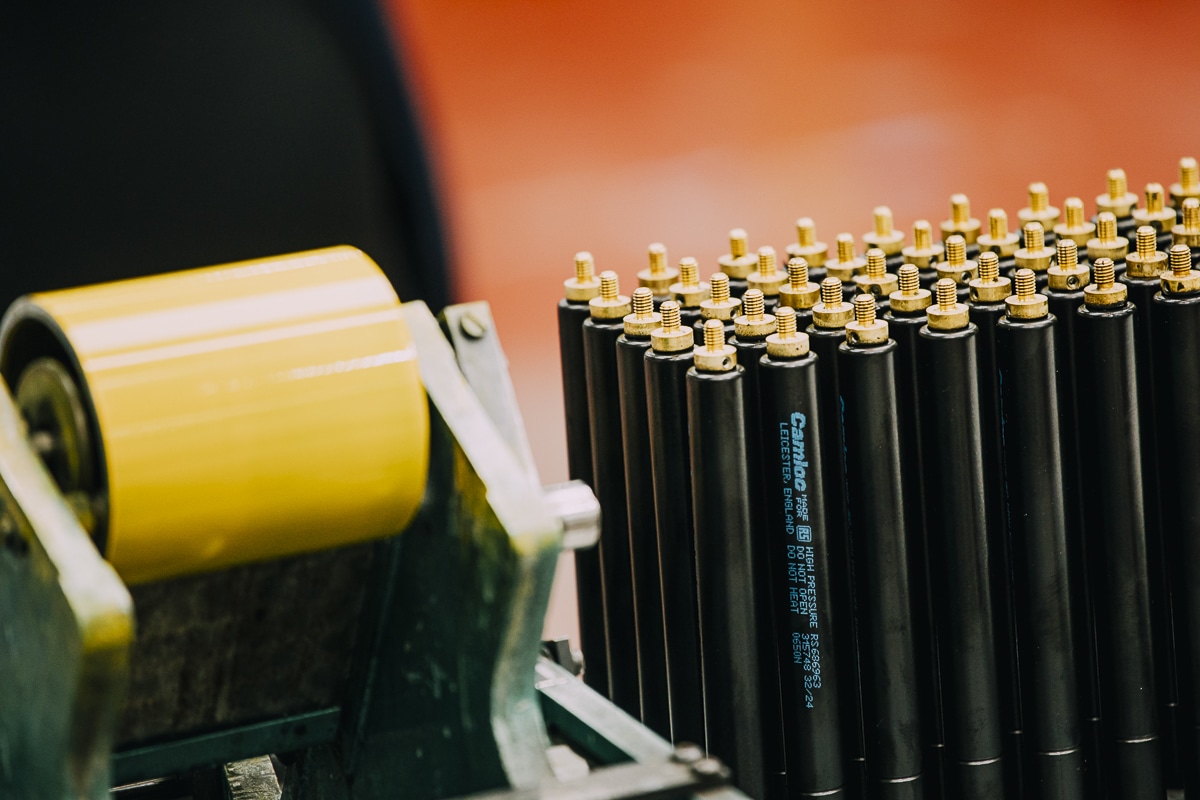
High-Quality Content Written for the Discerning Design Engineer
Understanding the importance of answering commonly asked industry questions regarding gas springs and dampers, we have teamed up with numerous publications across engineering and manufacturing to provide high-quality content to the discerning design engineer.

This continuing our mission to be more than just a manufacturer of gas springs and dampers.
Often finding the same questions regarding gas springs, dampers and motion control solutions being asked, we have teamed up with leading publications to put our content answering these questions in front of design engineers world-wide.
To begin with, we have compiled four whitepapers. The first of these whitepapers has been written as a guide to understanding the basics of gas spring application; providing the reader a basic understanding of the workings and terminology used when specifying gas springs and dampers. This whitepaper also describes the differences orientation and damping expected dependent on the mounting position chosen.
The following three whitepapers have been written by engineers, for engineers. These technical whitepapers include a two-part technical overview, discussing ‘forces’, ‘effect of rod diameter’, ‘effect of rod insertion’ and ‘effects and limits of temperature on gas springs’ – with the second of the technical overviews covering ‘damping’, ‘metering and extension speeds’, ‘friction and P1 – P4 charts’, ‘force and force ratios’ and ‘oil levels’.
Following on from our technical overview guides, Technical Director Matt Warne has provided an in-depth technical whitepaper on gas spring mounting. This whitepaper covers a wide variety of areas including ‘handling forces’, ‘mounting positions and gas spring sizing’, ‘mounting orientations’, ‘mounting – crossover, self-rise and self-close’, ‘mounting – practical application’ and ‘mounting – dampers’.
If you would like to offer any feedback on our content or have any questions you feel need answering around gas spring, dampers and motion control, please email [email protected]. Any feedback or content ideas are greatly appreciated.
More Blogs
Camloc marks beginning of new four-day working week with national employer award
Camloc Motion Control is delighted to announce that we are moving to a four-day working week. What that immediately means for our customers is that there will be no change to the exceptional service you’ve come to expect from us. What it means to our employees is that, by enhancing their wellbeing and by supporting sustainable practices, a four-day working week will not only benefit them but, in turn, our customers, too. It’s a win-win situation for our customers and workforce alike, and that has been recognised by Camloc being awarded a Silver Standard accreditation by the The 4 Day Week Foundation, of which we’re very proud.
Why Camloc’s personal approach and ‘Made in Britain’ status are valued by potential new customers
When talking to potential new customers, two key points are very often fed back to us: The fact that our engineers themselves handle enquiries, giving more of a personal touch, and that we are Made in Britain accredited – both carry a lot of weight. In this blog, we’ll discuss why we’re proud to showcase our Made in Britain mark, and why Camloc Motion Control put so much stock into delivering the very best experience we can to potential new customers.
Gas Struts Unleashed: Our Top 10 Gas Strut PDF Downloads
At Camloc, we offer you bespoke and made-to-measure gas struts, but we also aim to provide you with all the information you might need when considering using a gas strut in your application. We have a wide range of gas struts and additional products that we are confident will meet your needs, and to help you with the design process, we have created a range of downloadable PDFs to inform your choice. So, what is a gas strut and how can it help my application?



